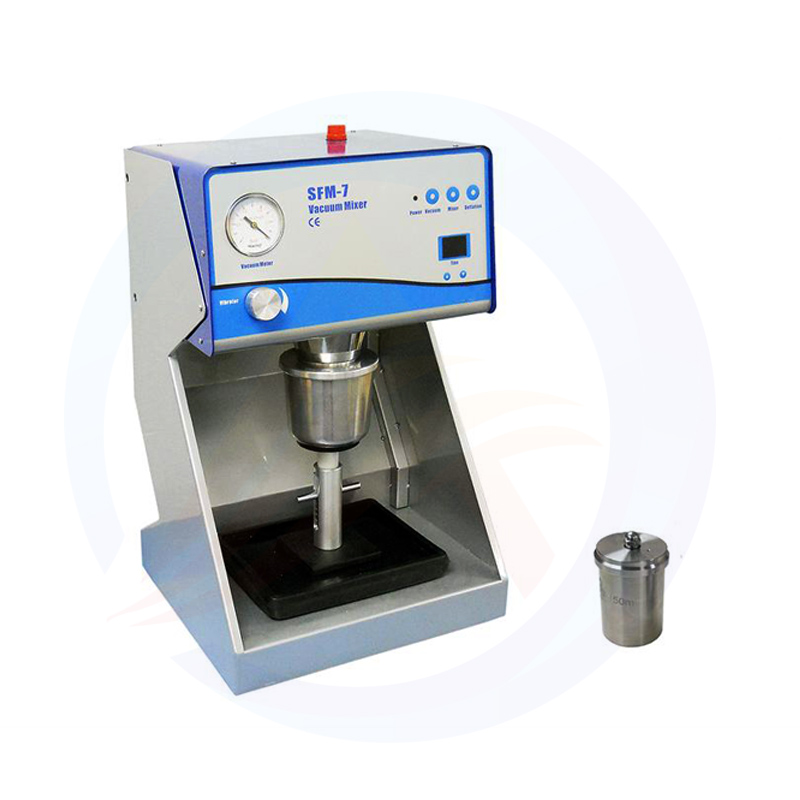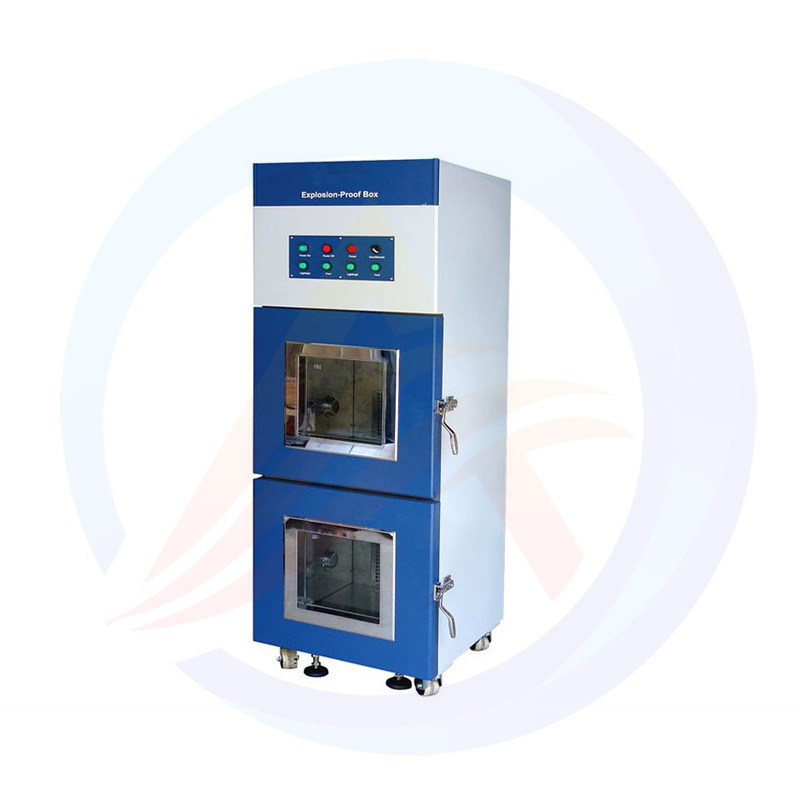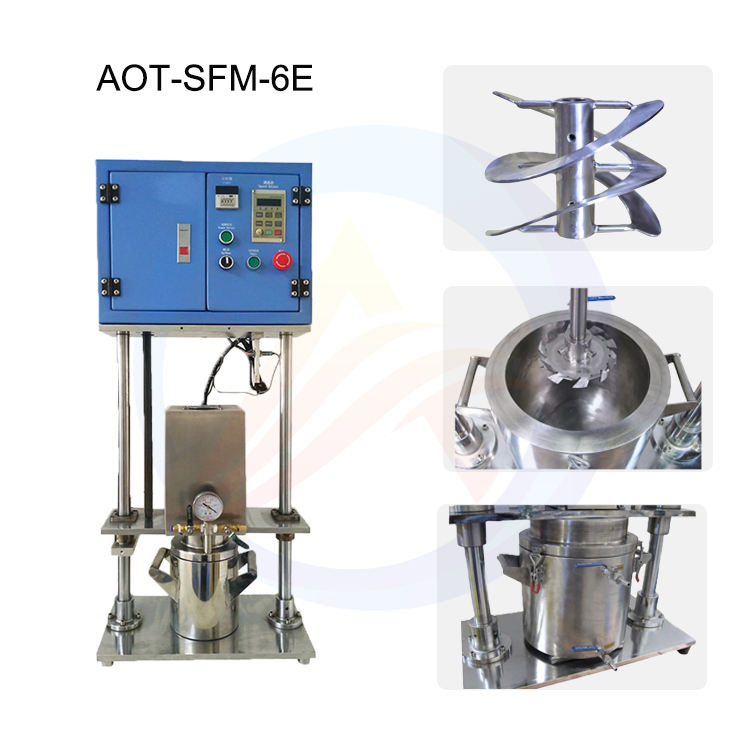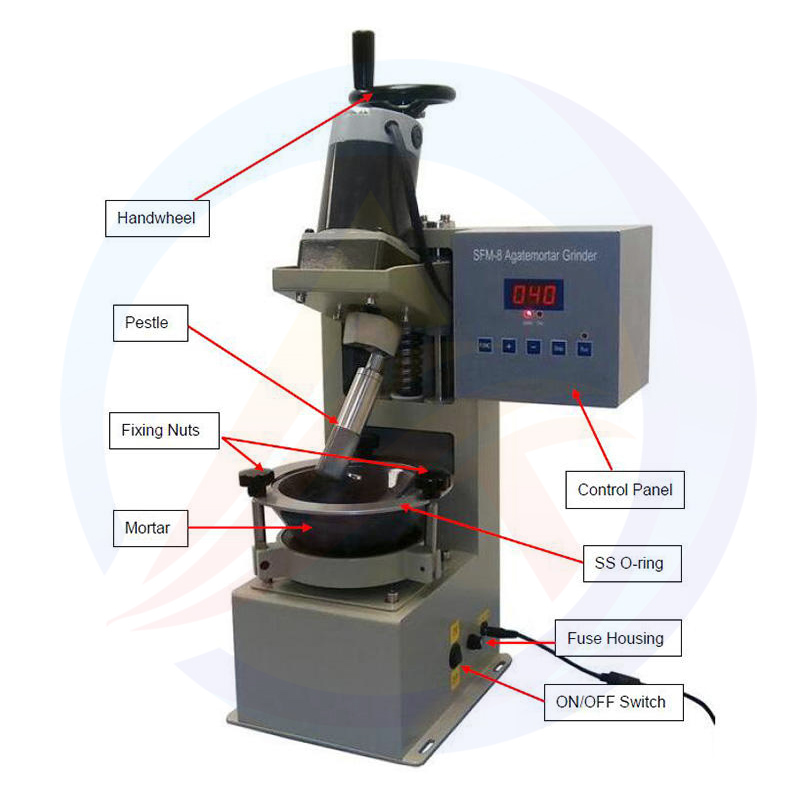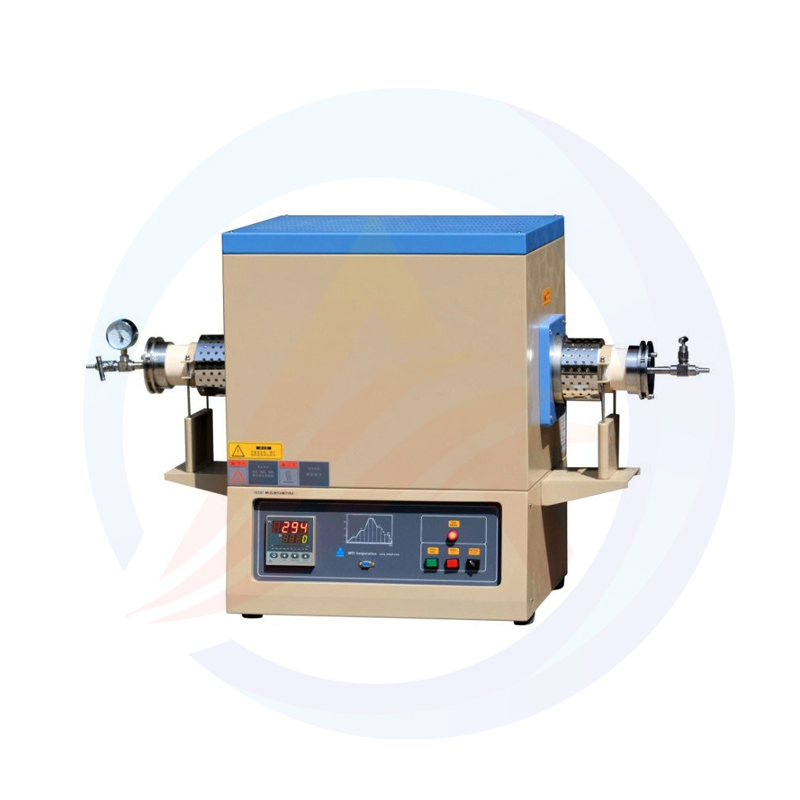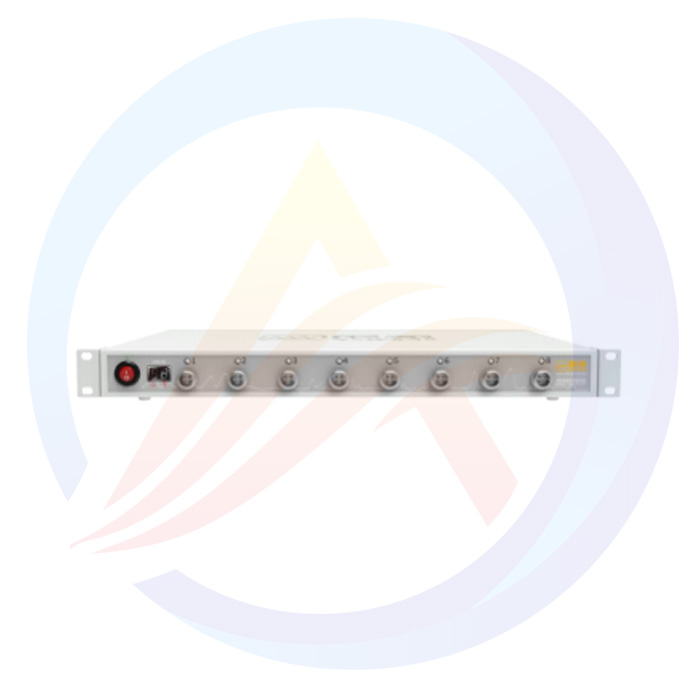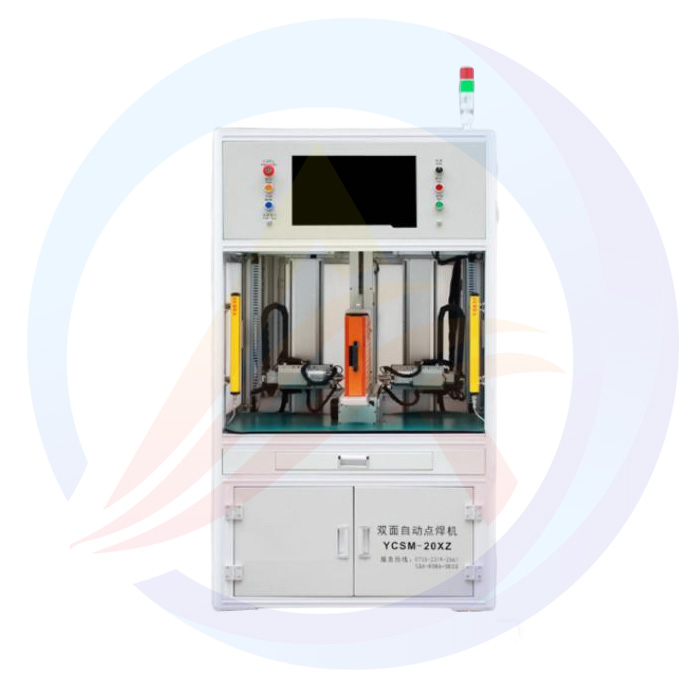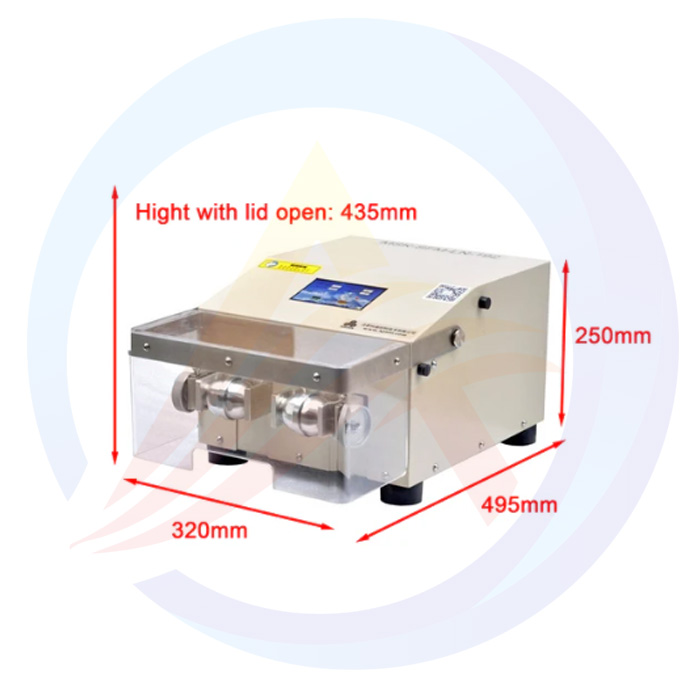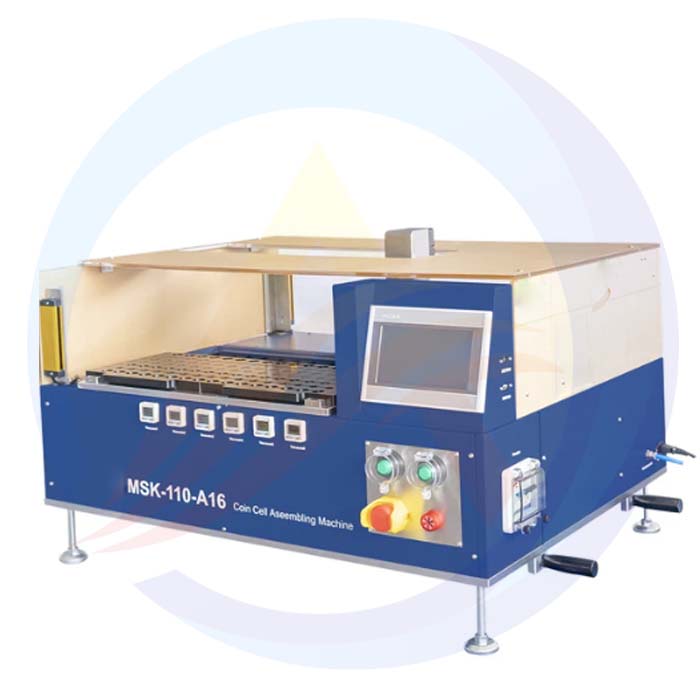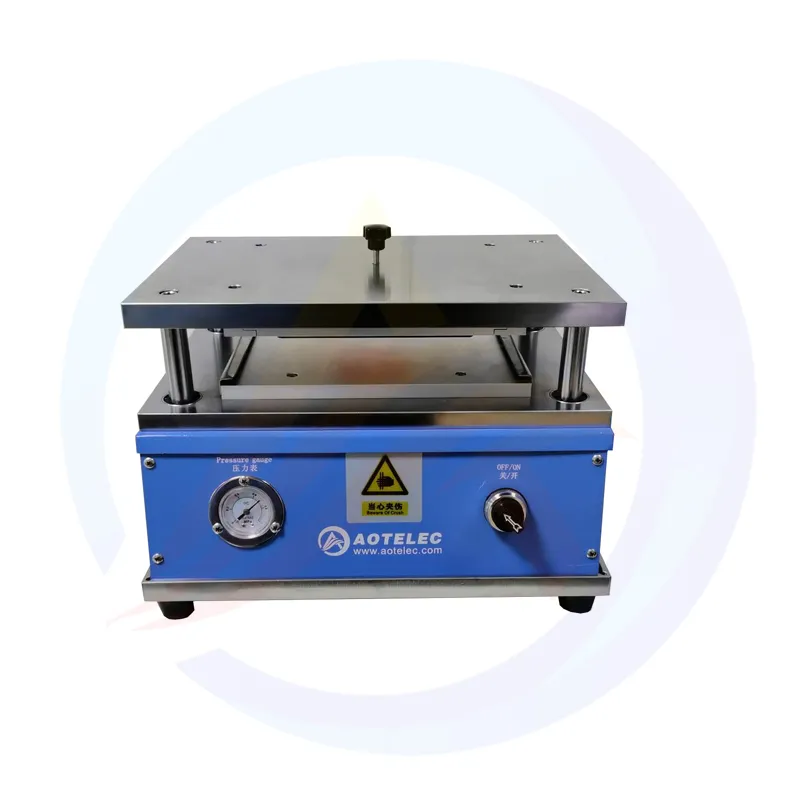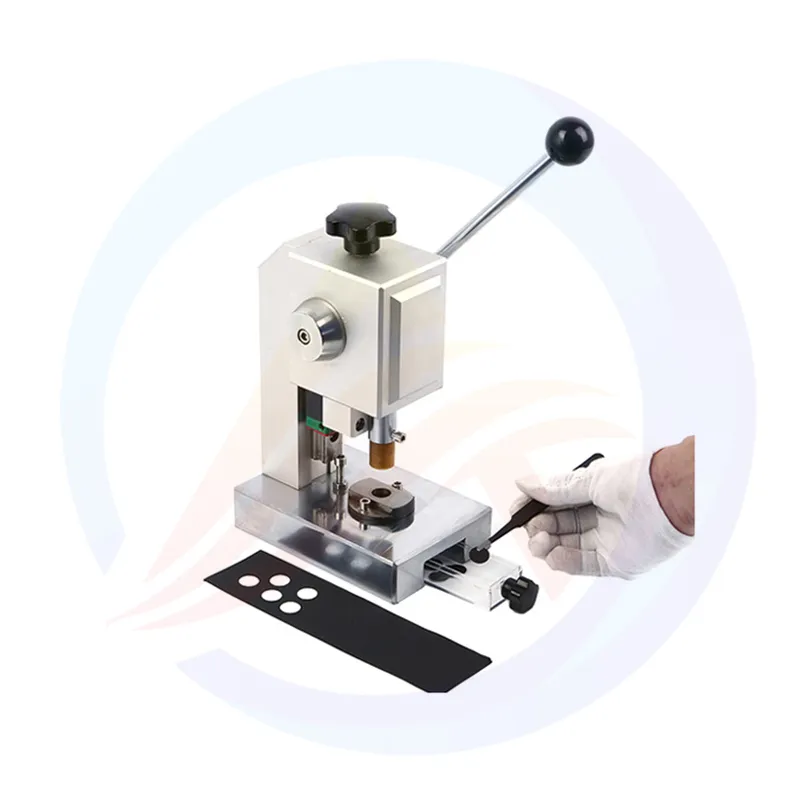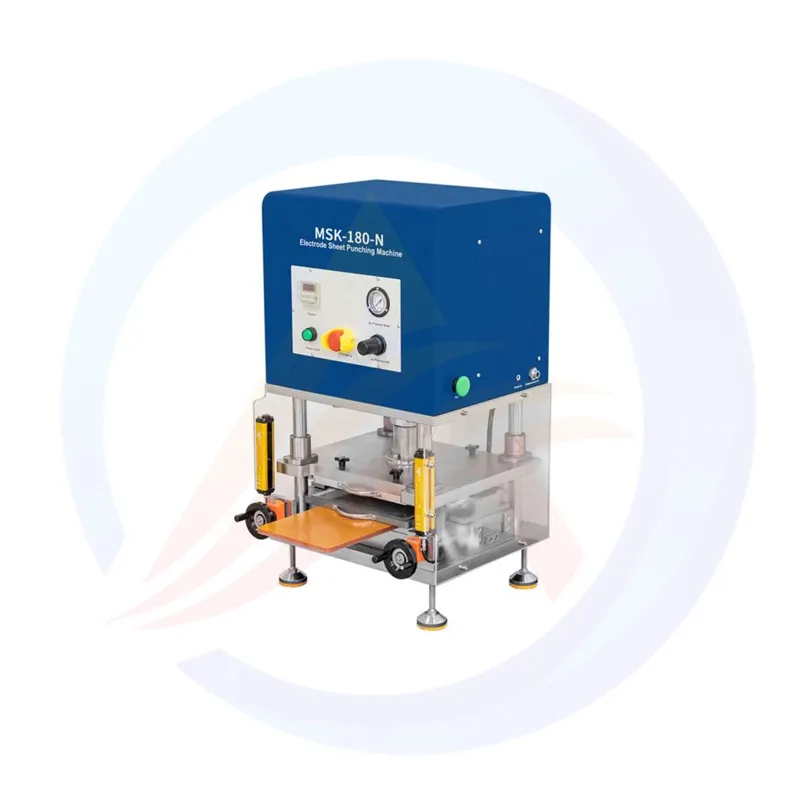As the demand for lithium battery manufacturing continues to surge due to the exponential growth of the new energy vehicle, energy storage, and consumer electronics industries, the precision requirements for battery production processes are becoming increasingly stringent. The battery die cutting machine, a core component of the lithium battery production chain, directly impacts the accuracy, efficiency, and safety of electrode sheet cutting, which in turn affects the energy density, cycle life, and cost control of the battery.
I. Working Principles and Technological Innovations of Battery Die Cutting Machines
Battery die cutting machines are primarily used for the cutting and shaping of positive and negative electrode sheets in lithium batteries, forming tabs or specific geometric structures. Their core technologies encompass high-precision positioning, multi-axis motion control, and laser energy regulation modules. Depending on the cutting method, they can be divided into two main types: metal die cutting machines and laser die cutting machines, which differ significantly in process characteristics and application scenarios.
Technological Innovation Highlights:
Intelligent Upgrades: Some equipment integrates AI vision inspection systems to monitor cutting accuracy in real-time (e.g., tab spacing error ≤0.05mm) and automatically calibrate.
Dust Control Optimization: Utilizing multi-stage dust removal systems such as air knives and magnetic rod adsorption to minimize the impact of cutting dust on electrode sheet performance.
Adaptation to Niche Scenarios: For instance, the pneumatic battery die cutting machine, designed for soft-pack battery electrode cutting, achieves fast and precise cutting through pneumatic drive; while the manual circular punch cutting device, with its compact design and compatibility with transition chambers (diameter ≥230mm), is ideal for preparing coin battery electrode sheets and ultra-thin membranes (<30μm).
II. Equipment Classification and Application Scenarios: Precisely Matching Production Needs
Based on automation level, cutting precision, and cost-effectiveness, battery die cutting machines can be categorized into the following three types:
1. Fully Automatic Laser Die Cutting Machines
Applicable Fields: Mass production of power batteries, especially suitable for cylindrical and prismatic battery production with high consistency requirements.
Representative Technology: For example, Shengxiong Laser's 300W picosecond laser cutting machine, with a heat-affected zone ≤55μm and cutting efficiency of 120PPM, supports one-time forming of tabs and coating areas.
2. Semi-Automatic Metal Die Cutting Machines
Applicable Fields: Small and medium-sized battery factories and R&D laboratories for process verification and small-batch orders.
Innovative Case: A semi-automatic device from a Dongguan manufacturer integrates tab cutting, voltage testing, and folding functions, with a capacity of 40PCS/minute and compatibility with battery widths of 30-120mm.
3. Customized Special Die Cutting Equipment
Technical Highlights: For example, the manual circular punch cutting machine features precision sliding guide rails and ball bearing design, achieving smooth edges when cutting metal foils (<0.5mm) or membranes, and is compatible with glove box operations to meet the needs of research-grade sample preparation.
III. Five Core Indicators for Selecting a Battery Die Cutting Machine
1. Safety and Environmental Performance
Laser equipment must comply with Class 1 safety standards, and laboratory equipment (such as manual circular punch cutting machines) must feature dust control and anti-misoperation design.
2. Total Cost of Ownership
For R&D scenarios, manual devices are recommended for their low initial investment and operational flexibility, making them suitable for cutting ultra-thin materials.
IV. Market Landscape and Analysis of Leading Manufacturers' Competitiveness
Market Innovation:
In the laboratory equipment sector, the manual devices optimizes transition chamber design and portability, becoming the preferred tool for research institutions preparing coin battery electrode sheets.
Leading manufacturers such as Guangda Laser have introduced zero-waste edge cutting technology, achieving cutting speeds of 120m/min and a heat-affected zone ≤10μm, leading the industry in technical specifications.
V. Future Industry Trends and Decision-Making Recommendations
Enterprise Selection Strategies:
R&D and Small-Batch Production: Modular metal equipment or specialized tools (such as the manual punching machine) are recommended to balance cost and flexibility.
Technological Foresight: Pay attention to the integration trends of laser cutting and AI quality inspection, such as dynamic power regulation and visual self-calibration functions.
The technological iteration of battery die cutting machines is driving the lithium battery manufacturing industry toward higher efficiency and intelligence. Whether for mass production or laboratory R&D, selecting the right equipment is crucial. It is recommended that enterprises prioritize products with strong compatibility and mature processes (such as fully automatic laser die cutting machines or manual devices) based on application scenarios (such as power battery production lines or research-grade circular sheet preparation). Additionally, continuous attention should be paid to cutting-edge directions such as dust control and energy consumption optimization. For equipment parameters and customized solutions, professional industrial platforms or direct contact with technical teams can be utilized to achieve precise matching and rapid delivery.

